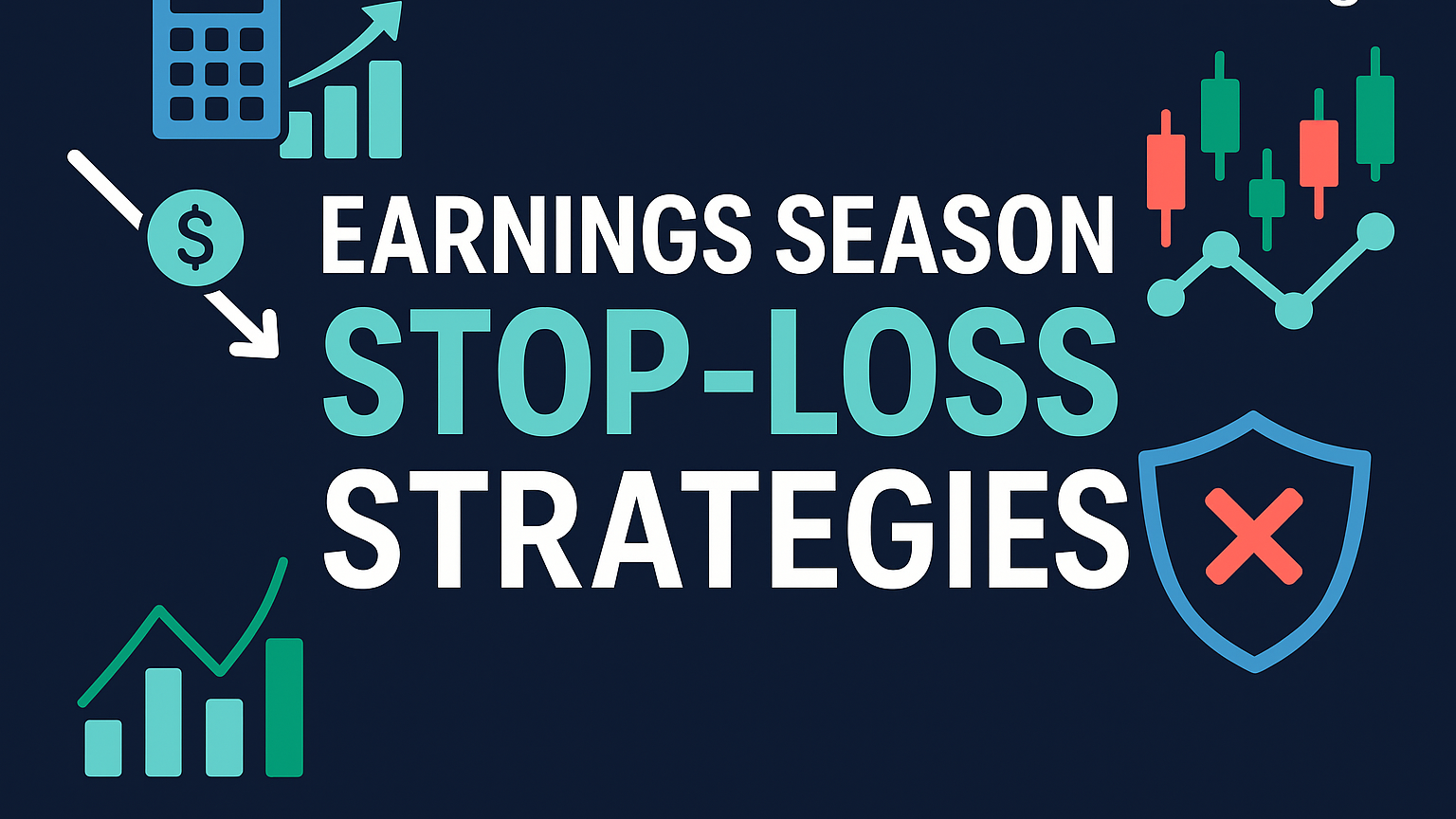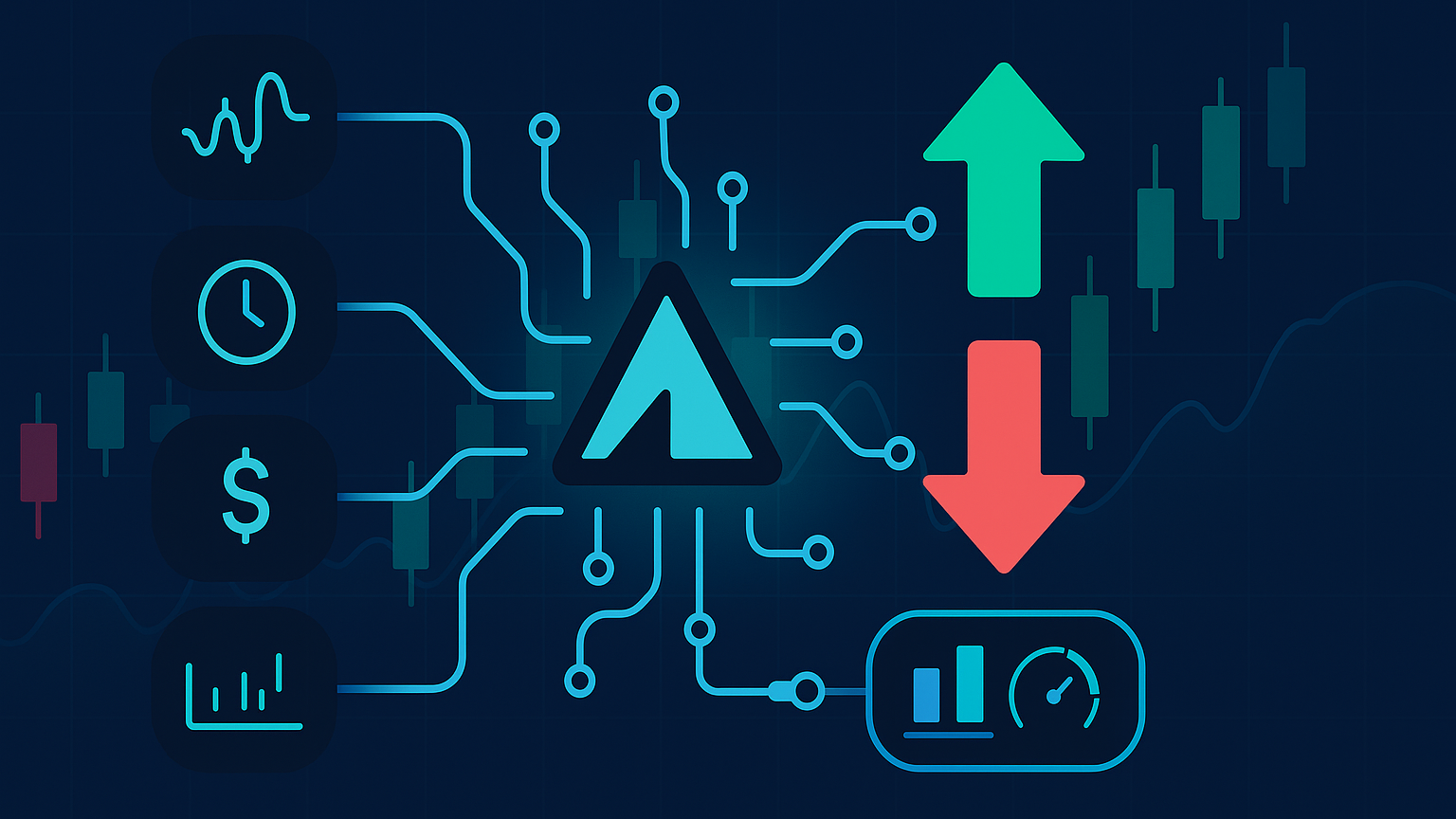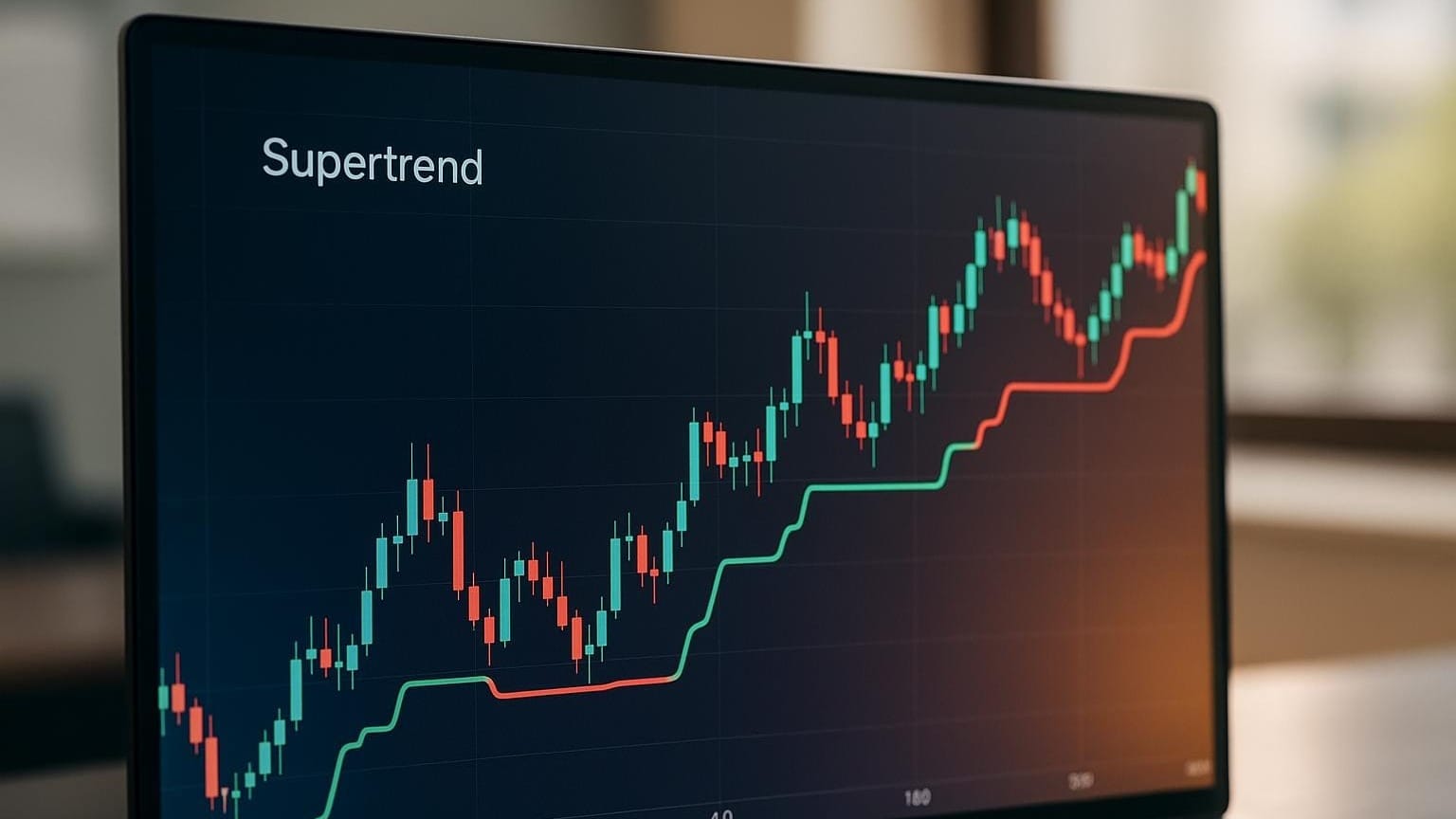Explore how tracking congressional trading can give retail traders an edge in the market, revealing investment patterns and strategies.
Want to trade like Congress? Here is what you need to know:
Congressional trading reports reveal stock moves made by lawmakers, offering insights into their investment decisions. Thanks to the STOCK Act of 2012, these trades must be disclosed within 45 days, giving retail traders a chance to analyze patterns and align strategies.
Key Takeaways:
- Congress Outperforms the Market: In 2024, Congress members outpaced the S&P 500, with Democrats averaging a 31.1 % return and Republicans 26.1 %.
- Top‑Traded Stocks: Microsoft was the most traded stock in 2024, appearing in 129 transactions.
- Sector Preferences: Democrats favor technology stocks (49 % of portfolios), while Republicans lean toward energy (14 % of portfolios).
- Strategies: Focus on trades tied to committee affiliations, major legislative events, and high‑value transactions.
- Use LuxAlgo’s exclusive tools to analyze market trends and refine entry points.
How to Get Started:
- Track the Data: Access disclosures via efd.senate.gov or the House Legislative Resource Center.
- Spot Patterns: Look for trades near legislative events or involving multiple lawmakers.
- Apply Advanced Analysis: Pair congressional insights with the Price Action Concepts toolkit, the Oscillator Matrix, and Signals & Overlays to validate entries.
Congressional trade data offers a unique edge only when paired with disciplined risk management and thorough analysis.
Steps to Monitor Congress Trades
Where to Find Congress Trade Data
The U.S. Senate Office of Public Records provides electronic filings at efd.senate.gov, while the House Legislative Resource Center keeps records in Washington DC. Reports are typically public within 30 days of filing.
For example, in early 2025 Senator Kennedy disclosed a purchase of Annaly Capital Management (NLY) within 17 days, while Senator Capito’s spouse reported a sale of Target Corp (TGT) within 26 days.
Reading Trade Patterns
| Pattern Type | Indicator | Significance |
|---|---|---|
| Committee Connection | Trades by lawmakers on relevant committees | May reflect industry‑specific knowledge |
| Trade Timing | Transactions near legislative events | Could signal policies likely to impact markets |
| Trade Volume | High‑value transactions | Indicates stronger conviction |
| Multiple Traders | Several lawmakers trading the same asset | Suggests broader sentiment |
A 2023 study found congressional portfolios beat major indices by 3‑5 % annually. Democrats favored technology and high‑growth names, while Republicans leaned toward energy, industrial, and financial firms.
LuxAlgo Toolkits for Trade Analysis
- Price Action Concepts detects market structure, order blocks, and liquidity zones.
- Oscillator Matrix validates signals using money‑flow trends and real‑time divergences.
- Signals & Overlays supplies adaptive signals and dynamic overlays for confirmation.
- Create custom alerts that align with congressional disclosures for timely execution.
Consider Dave McCormick’s March 2025 purchase of BITWISE BITCOIN ETF (BITB). By layering PAC market‑structure signals with Oscillator Matrix volume shifts, traders could identify confirmation around the disclosure date.
Trading Based on Congress Reports
Market Sectors to Watch
In 2024 lawmakers focused on technology, financial services, consumer cyclical, energy, and industrials. Democrats allocated 49 % to tech, while Republicans held 16 % in the same sector and 14 % in energy.
One notable example is Rep. Debbie Wasserman Schultz. In September 2024 she bought 16 000 shares of Hecla Mining (HL), later adding Patterson‑UTI Energy (PTEN) and trimming New Gold (NGD).
Using Legislative Events for Trade Timing
| Event Type | Watch For | Impact |
|---|---|---|
| Committee Hearings | Sector‑specific discussions | May influence related stocks |
| Bill Introductions | New regulatory proposals | Early signs of market shifts |
| Voting Sessions | Major policy decisions | Immediate market reactions |
| Budget Allocations | Funding priorities | Long‑term sector trends |
Use PAC’s support and resistance alongside Signal‑driven alerts to act quickly when disclosures surface.
Setting Up LuxAlgo Trade Automation
The AI Backtesting Assistant lets you backtest strategies that mirror congressional patterns. Its documentation explains workflow, while the strategy‑fetching guide shows how to fine‑tune entry rules.
Combine multi‑condition alerts with the Oscillator Matrix to refine timing, then execute through TradingView webhooks or your preferred broker.
Managing Risks and Following Rules
Spreading Out Investment Risk
Diversification is essential. Use the Risk Management Tool to monitor sector exposure, position size, and stop‑loss placement automatically. For deeper education, check the Risk Management Strategies blog.
Following Trading Laws
The STOCK Act requires trades over 1 000 USD be reported within 45 days. Maintain compliance and avoid non‑public information violations.
Limits of Congress Trade Data
- Trade amounts are disclosed in ranges, not exact values.
- Options trades are excluded.
- Motives may be personal rather than economic.
Validate any congressional signal with technical confirmation. The Signals & Overlays Screener helps check for confluence across multiple tickers.
Top 5 Stocks Congress Super Investors Are Buying Now
Conclusion: Making Congress Data Work for You
Forty‑eight of 113 lawmakers beat the S&P 500 in 2024. To replicate similar performance, pair congressional monitoring with robust technical resources. The Oscillator Matrix pinpoints momentum shifts, while Heiken Ashi Consistency candles from Signals & Overlays provide confirmation. Combine these with prudent risk rules for a disciplined, well‑rounded approach.
FAQs
How can retail traders use congressional trading data to improve their investments?
Review periodic transaction reports, cross‑reference patterns with LuxAlgo’s toolkits, and deploy alerts to capitalize on timing windows. Focus on recurring sector allocations and large bipartisan trades for higher‑conviction ideas.
What legal factors should retail traders consider when using congressional trading disclosures for investment decisions?
Stay within publicly available data, follow insider‑trading laws, and avoid trades based on non‑public information. Use disclosures only as one factor in a diversified process.
What are the downsides of using congressional trading data as your only investment strategy?
Reporting delays, incomplete transaction details, and unclear motives limit reliability. Always validate signals with technical and fundamental analysis.
References
- STOCK Act (2012)
- U.S. Senate Electronic Filing System (eFD)
- Morningstar Study on Congressional Portfolios
- Unusual Whales Congressional Data
- LuxAlgo Home
- Price Action Concepts Indicator
- Oscillator Matrix Indicator
- Signals and Overlays Indicator
- Price Action Concepts Documentation
- Oscillator Matrix Documentation
- Signals and Overlays Documentation
- LuxAlgo Alerts Guide
- AI Backtesting Assistant
- AI Backtesting Introduction
- AI Backtesting Strategy Fetching Guide
- Risk Management Tool
- Risk Management Strategies Blog
- Signals and Overlays Screener Docs
- HTF Candle Consistency Indicator








